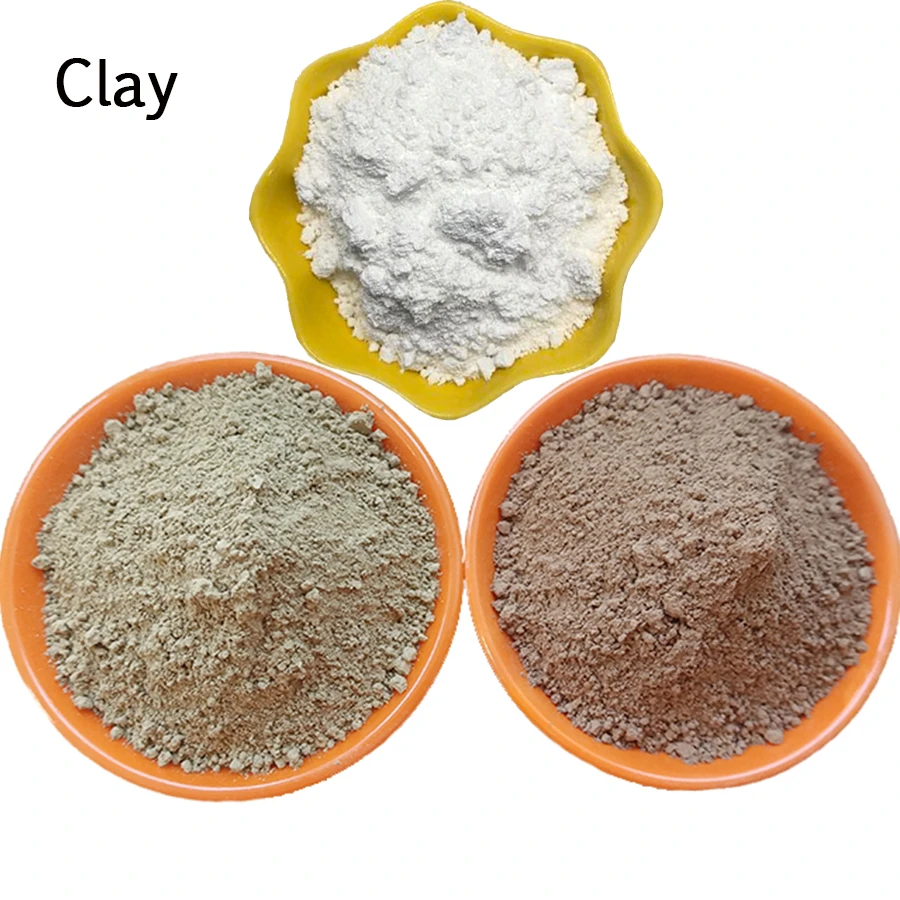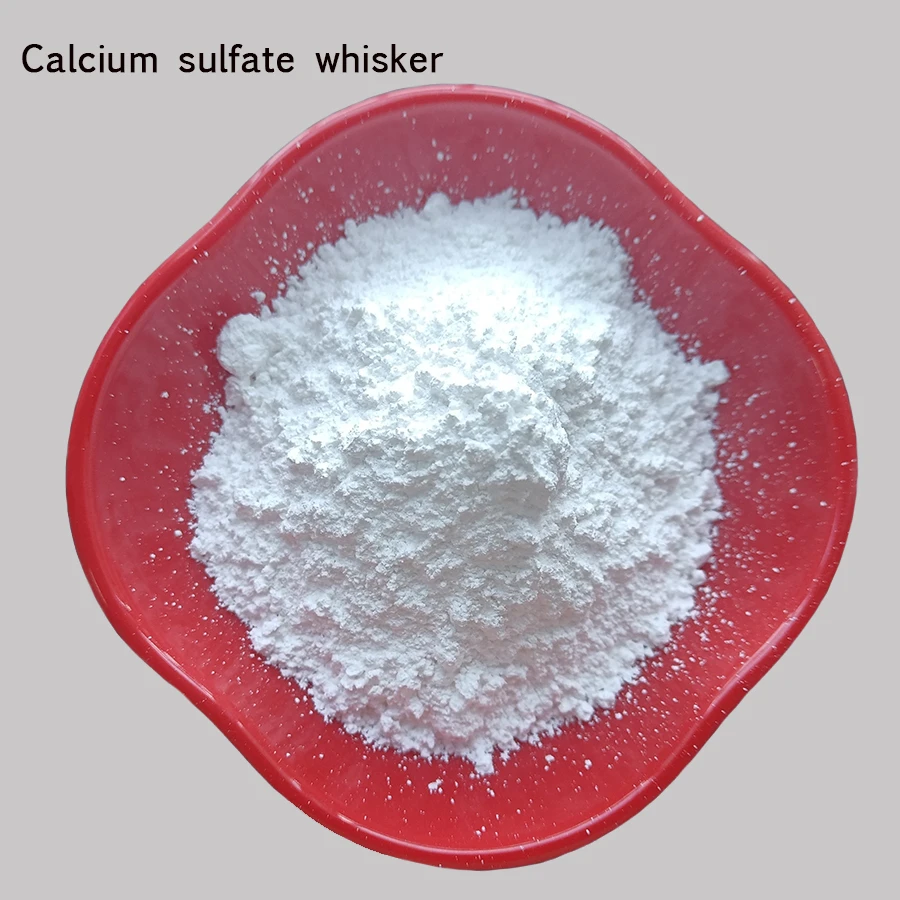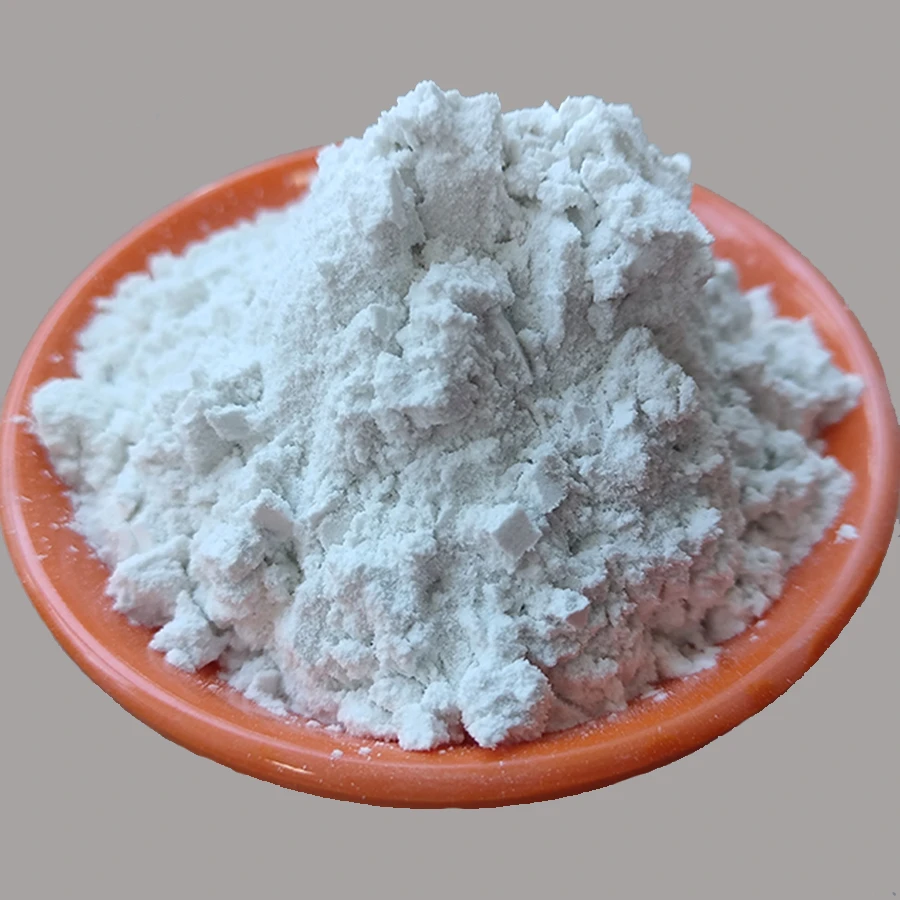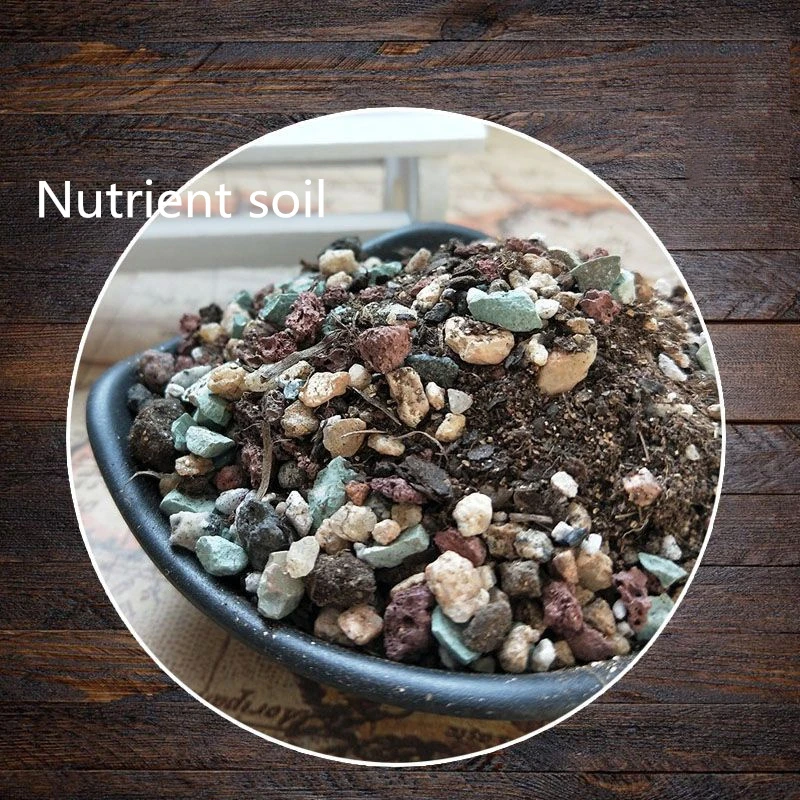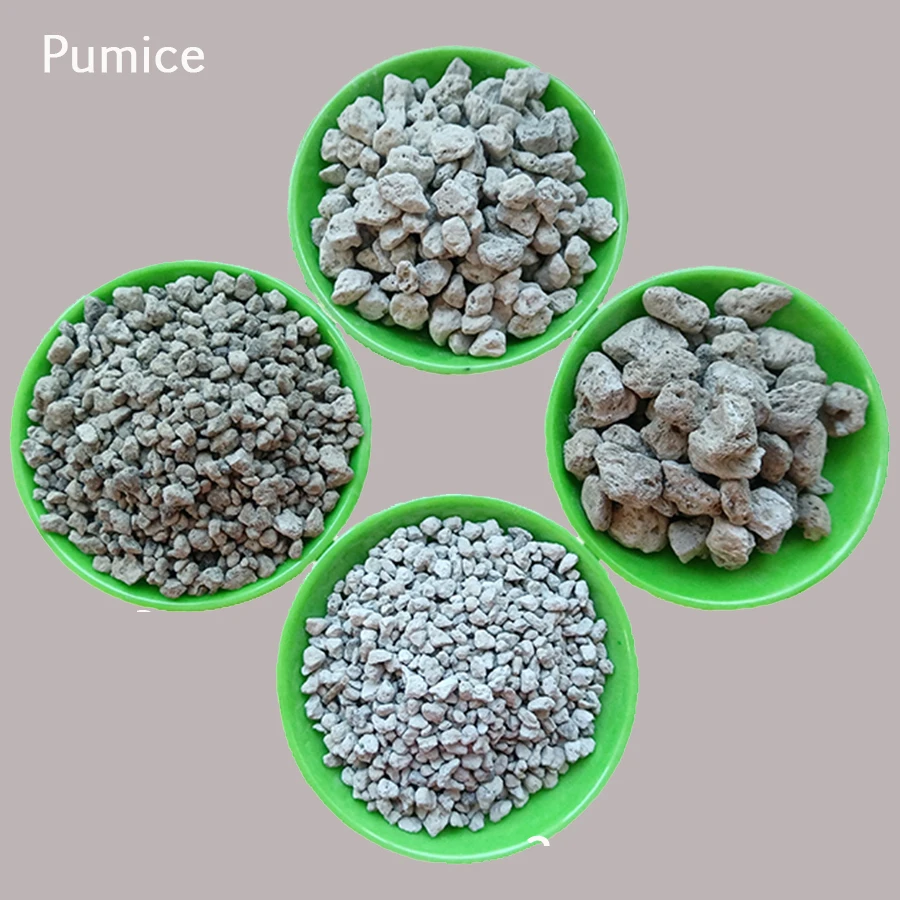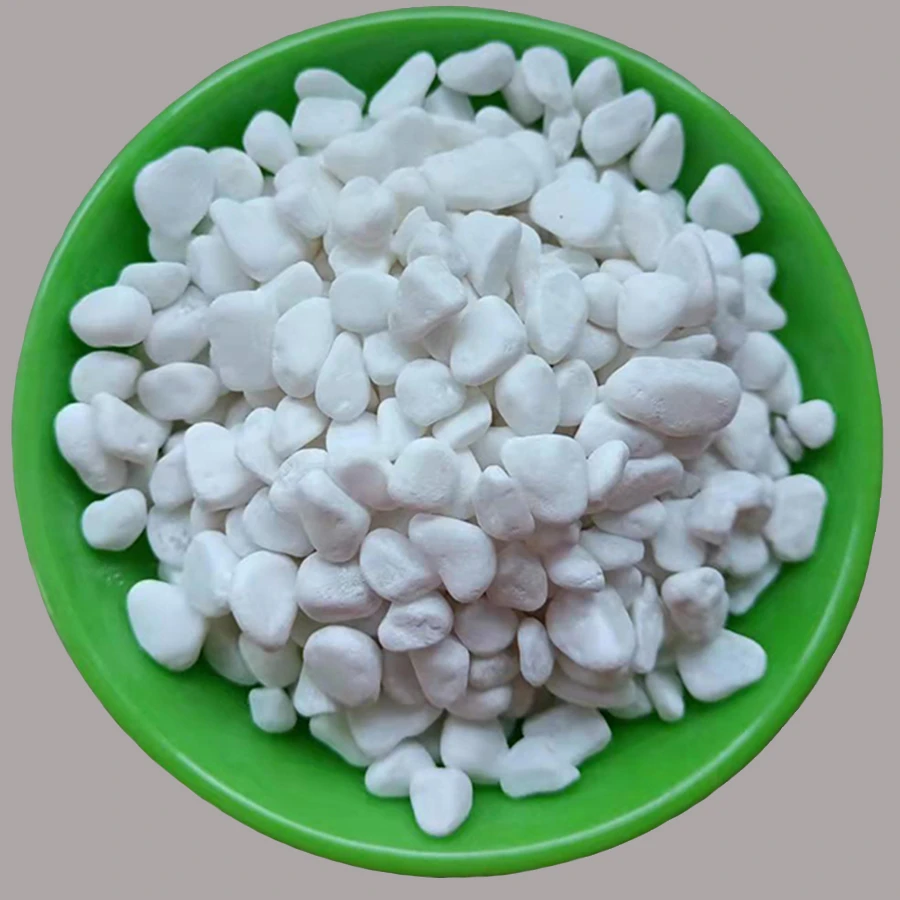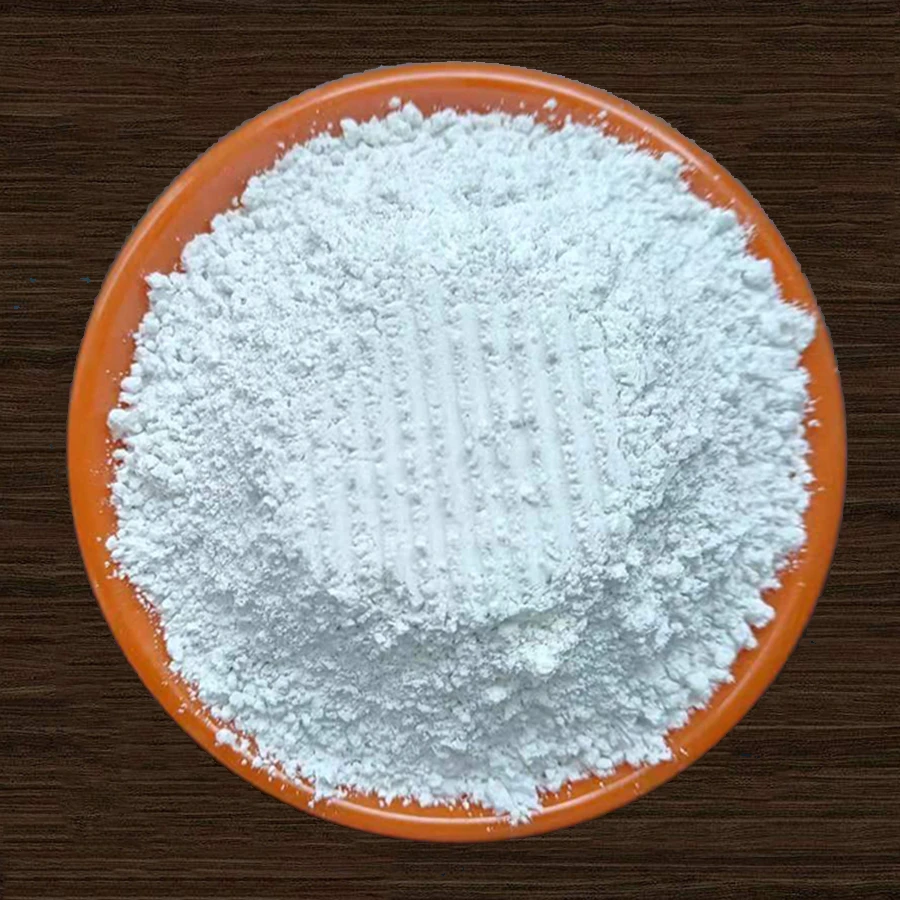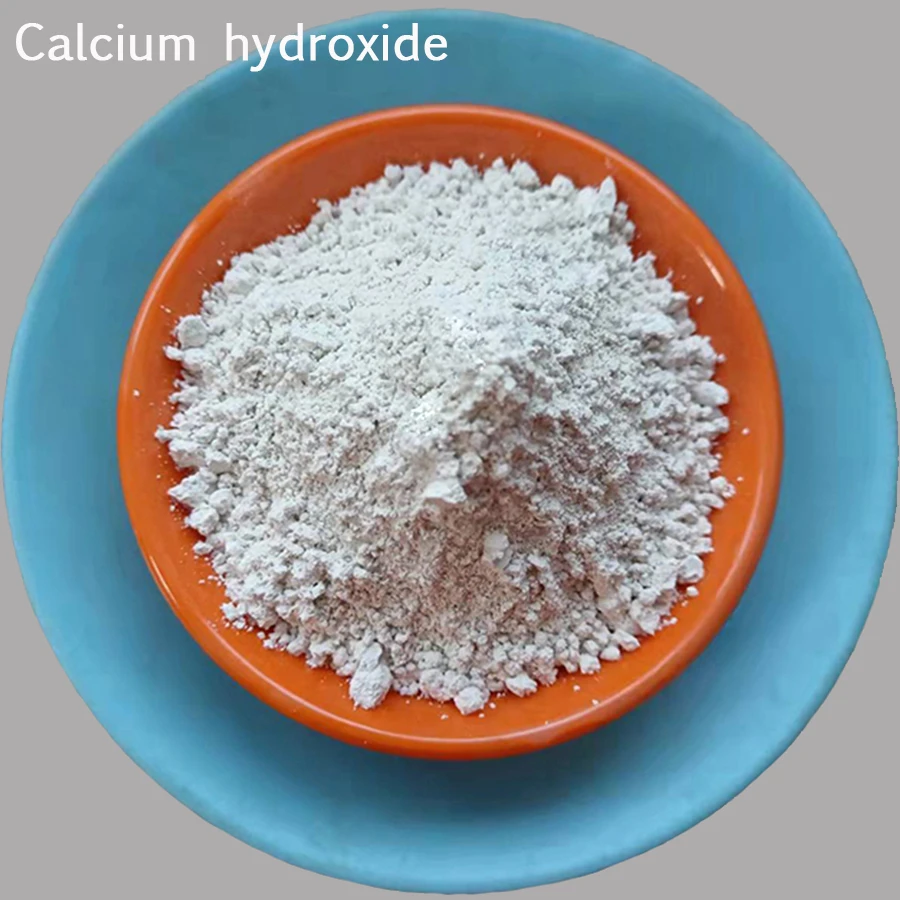
- Afrikaans
- Albanian
- Arabic
- Belarusian
- Bengali
- Czech
- Danish
- Dutch
- English
- Finnish
- French
- Galician
- German
- Greek
- Hebrew
- Hungarian
- Indonesian
- irish
- Italian
- Japanese
- Javanese
- kazakh
- Khmer
- Rwandese
- Korean
- Kyrgyz
- Lao
- Latin
- Latvian
- Lithuanian
- Malay
- Maltese
- Mongolian
- Myanmar
- Norwegian
- Persian
- Polish
- Portuguese
- Romanian
- Russian
- Serbian
- Slovak
- Spanish
- Swedish
- Tagalog
- Thai
- Turkish
- Ukrainian
- Vietnamese
- Welsh
Struggling with mountains of ash waste? Paying hefty disposal fees? You're not alone. Power plants globally produce over 1.2 billion tons of coal ash annually. Nearly 40% ends up in landfills. What if this 'waste' could slash your costs by up to 60% while improving product quality?

(fly ash definition)
What is Fly Ash? Unlocking the Hidden Treasure
When we define fly ash, we're talking about fine powder captured from coal plant exhaust gases. Unlike bottom ash which collects at the furnace bottom, fly ash particles are carried by flue gases. Particle size? Typically under 20 microns. Smaller than human hair!
Why does this matter? That tiny size creates amazing properties. Pozzolanic reactivity makes it cement's best friend. Ever notice stronger concrete with mysterious additives? That's likely fly ash. Bottom ash vs fly ash? Bottom ash is coarser. Less reactive. More abrasive.
Fly Ash vs Bottom Ash vs Pond Ash: Spot the Difference
Choosing between fly ash, bottom ash and pond ash? Each has unique characteristics:
| Property | Fly Ash | Bottom Ash | Pond Ash |
|---|---|---|---|
| Particle Size | < 20 microns | 0.1-10 mm | Variable sizes |
| Carbon Content | 1-6% | 5-15% | 8-20% |
| Reactivity | High | Moderate | Low |
| Moisture Content | < 1% | 3-8% | 15-30% |
Pond ash and fly ash often get confused. But they're worlds apart. Pond ash is ash-water mixture dumped in ponds. Lower quality. Higher variability. Still useful? Yes. But dry fly ash offers more bang for your buck.
Industry-Leading Solutions: Why Choose Our Fly Ash?
Not all fly ash is equal. Our premium fly ash outperforms competitors:
- Consistent quality: Controlled particle distribution (±3% variance)
- Lower carbon: ≤3% LOI versus industry average 6%
- Zero ponding: Dry collection preserves reactivity
- Bulk density: 600-900 kg/m³ optimized for transport
Remember that problematic bottom ash fly ash mix? We eliminate contamination. Certified ASTM C618 Class F and Class C available. Ready to supercharge your concrete?
Success Stories: Fly Ash in Action
Denver International Airport saved $850k using our fly ash in runway concrete. How?
Replaced 30% Portland cement. Achieved 15% higher 90-day compressive strength. Reduced thermal cracking. Saved 28,000 tons of CO₂. That's like taking 6,000 cars off the road!
Florida highway project? 40% substitution rate. Withstood Category 4 hurricanes. Still looks new after 15 years. Proof of fly ash's remarkable durability.
Your Turn: Transform Waste into Profit!
Still treating fly ash as waste? That's pouring money down the drain. Our specialized ash management program helps:
- Cut disposal costs by up to 70%
- Generate new revenue streams
- Meet sustainability targets
- Improve product performance
100+ plants transformed waste into profit last year. You're next. Limited-time offer: Get free fly ash analysis and custom utilization plan. Act before the offer expires!
GET YOUR FREE ASH ANALYSIS NOW →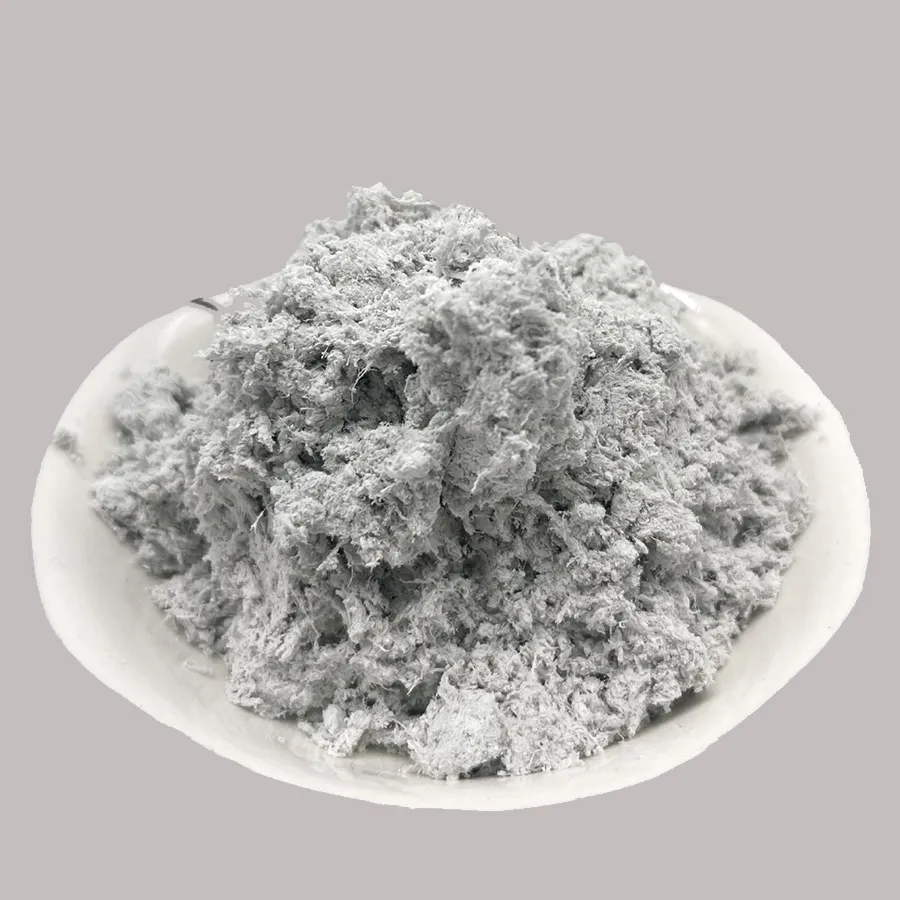
(fly ash definition)
FAQS on fly ash definition
Here are 5 English FAQ groups about fly ash and related terms in HTML format:Q: What is the definition of fly ash?
A: Fly ash is a fine, powdery residue captured from coal combustion exhaust gases in power plants. It consists primarily of silica, alumina and iron oxide. This byproduct is commonly used as supplementary cementitious material in concrete production.Q: How does bottom ash differ from fly ash?
A: Bottom ash is the heavier, coarser residue collected at the bottom of boilers during coal burning. Unlike fine particulate fly ash that rises with flue gases, bottom ash exhibits gravel-like properties. Both are combustion byproducts but have distinct particle sizes and collection points.Q: What are key differences between pond ash and fly ash?
A: Pond ash refers to ash (both fly ash and bottom ash) transported and stored in slurry ponds. While fly ash is specifically collected dry from emissions, pond ash contains mixed ash types that have undergone wet disposal. Pond ash typically exhibits reduced pozzolanic activity due to weathering.Q: How is fly ash formed during energy production?
A: Fly ash forms when pulverized coal burns in thermal power plants. The mineral impurities fuse into glassy particles carried by exhaust gases. These micron-sized spheres are then captured by electrostatic precipitators or bag filters before emission.Q: Why is fly ash valuable in construction?
A: Fly ash improves concrete workability and long-term strength through pozzolanic reactions. It reduces CO₂ emissions by partially replacing Portland cement. Additionally, it enhances resistance to chemical attacks and reduces heat generation during curing.Related News



